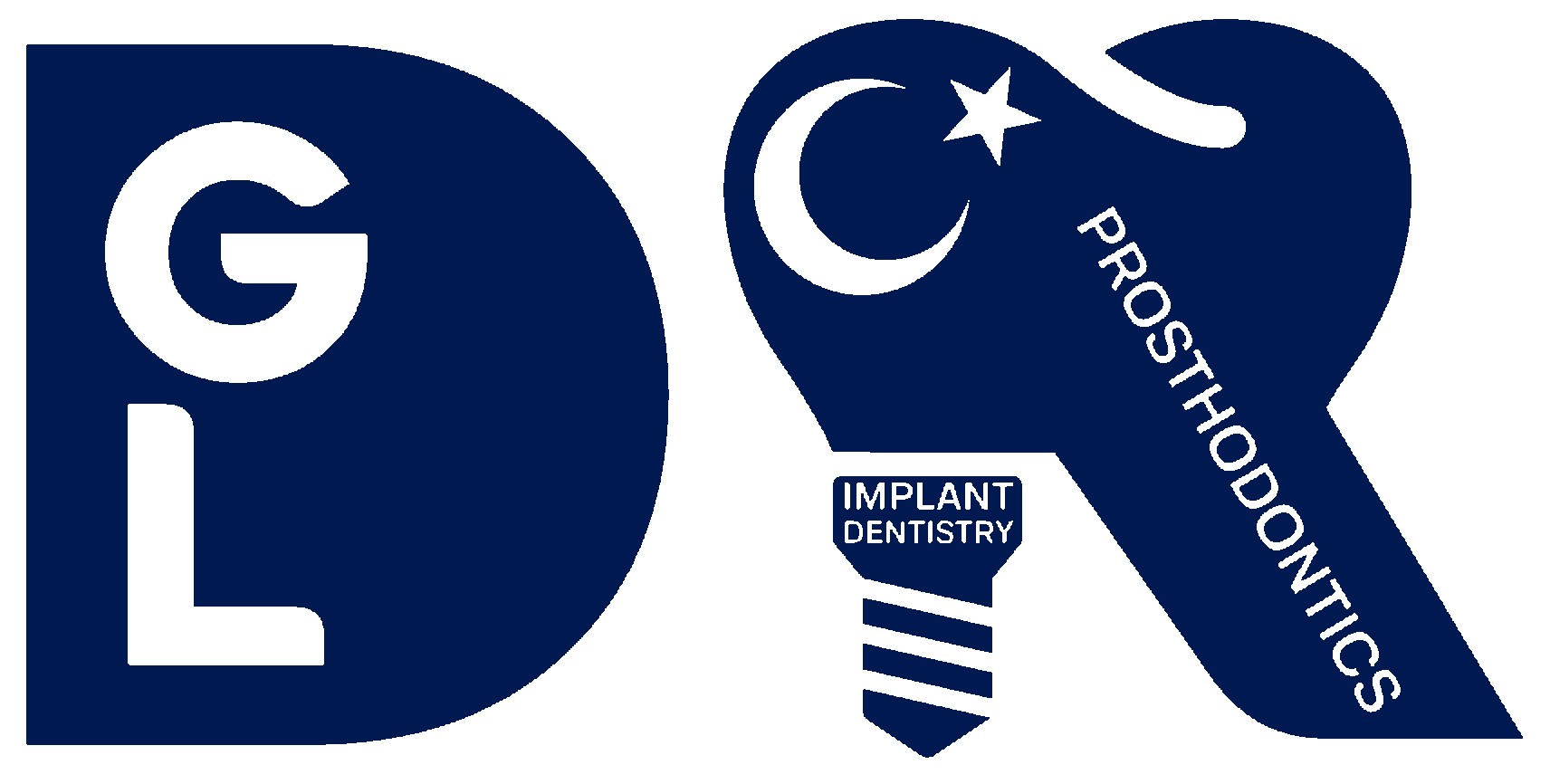1. What is dentistry?
-Dentistry is the branch of medicine that deals with the study, diagnosis, prevention, and treatment of diseases, disorders, and conditions of the oral cavity.
2. Why is oral hygiene important?
-Oral hygiene is essential to prevent dental issues such as cavities, gum disease, and bad breath. It also contributes to overall health.
3. How often should I visit the dentist?
-It is recommended to visit the dentist at least twice a year for regular check-ups and cleanings.
4. What causes cavities?
-Cavities are caused by tooth decay, which occurs when bacteria in the mouth produce acids that erode tooth enamel.
5. How can I prevent cavities?
-Prevent cavities by maintaining good oral hygiene, reducing sugar intake, and using fluoride toothpaste.
6. What is gum disease?
-Gum disease, or periodontal disease, is an infection of the tissues that hold your teeth in place, often caused by poor brushing and flossing habits.
7. What are the symptoms of gum disease?
-Symptoms include swollen, red, and bleeding gums, bad breath, and loose teeth.
8. How is gum disease treated?
-Treatment includes professional cleaning, improved oral hygiene, and in severe cases, surgery.
9. What is a root canal?
-A root canal is a dental procedure used to treat infection at the center of a tooth.
10. Is a root canal painful?
-With modern techniques and anesthesia, a root canal is no more painful than a regular filling.

11. What are dental implants?
Dental implants are artificial tooth roots placed into the jaw to hold a replacement tooth or bridge.
12. Who is a candidate for dental implants?
-Candidates are those with healthy gums and enough bone to support the implant.
13. How do I care for dental implants?
-Care for implants by maintaining good oral hygiene and regular dental visits.
14. What is teeth whitening?
-Teeth whitening is a cosmetic procedure to lighten the color of teeth.
15. Are there side effects to teeth whitening?
-Some may experience tooth sensitivity or gum irritation.
-16. What is orthodontics?
-Orthodontics is a dentistry specialty that corrects teeth and jaw alignment.
17. What are braces?
-Braces are devices used in orthodontics to straighten teeth and correct bite issues.
18. How long do I need to wear braces?
-The duration varies but typically ranges from 1 to 3 years.
19. What are clear aligners?
-Clear aligners are transparent trays used to straighten teeth as an alternative to braces.
20. How do I maintain oral health with braces?
-Brush and floss regularly, and avoid sticky or hard foods.
21. What is a dental crown?
-A crown is a cap placed over a tooth to restore its shape, size, and strength.
22. When is a dental crown needed?
Crowns are needed for broken, weak, or severely decayed teeth.
23. What is a dental bridge?
-A bridge is a dental restoration used to replace one or more missing teeth.
24. How long do dental bridges last?
-With proper care, bridges can last 5 to 15 years or longer.
25. What is a dental veneer?
-Veneers are thin shells placed over the front surface of teeth to improve appearance.
26. Are veneers permanent?
-Veneers are a long-term solution but may need replacement after several years.
27. What is tooth sensitivity?
-Tooth sensitivity is discomfort in teeth when exposed to hot, cold, sweet, or acidic foods.
28. How can I treat tooth sensitivity?
-Use desensitizing toothpaste and avoid triggers.
29. What is fluoride treatment?
-Fluoride treatment strengthens teeth and prevents decay.
30. Is fluoride safe?
-Yes, fluoride is safe and effective in preventing tooth decay.

31. What is dental bonding?
-Bonding is a procedure where a tooth-colored resin is applied to teeth to repair damage.
32. How long does dental bonding last?
-Bonding can last 3 to 10 years, depending on care.
33. What is a dental sealant?
-Sealants are protective coatings applied to the chewing surfaces of back teeth.
34. Who should get dental sealants?
-Sealants are recommended for children and teenagers to prevent cavities.
35. What is a dental filling?
-A filling is a material used to restore a tooth damaged by decay.
36. What materials are used for fillings?
-Common materials include amalgam, composite resin, gold, and porcelain.
37. How do I know if I need a filling?
-Signs include toothache, sensitivity, and visible holes or dark spots.
38. What is a dental extraction?
-Extraction is the removal of a tooth from its socket in the bone.
39. When is a tooth extraction necessary?
-Extractions are necessary for severely decayed, damaged, or overcrowded teeth.
40. What is dry socket?
-Dry socket is a painful condition that can occur after tooth extraction when the blood clot is dislodged.
41. How can I prevent dry socket?
-Follow post-extraction care instructions, avoid smoking, and do not use straws.
42. What is oral cancer?
-Oral cancer is cancer that develops in the tissues of the mouth or throat.
43. What are the signs of oral cancer?
-Signs include sores, lumps, or rough patches in the mouth, and difficulty chewing or swallowing.
44. How is oral cancer treated?
-Treatment options include surgery, radiation, and chemotherapy.
45. What is TMJ disorder?
-TMJ disorder affects the temporomandibular joint, causing pain and dysfunction.
46. What causes TMJ disorder?
-Causes include injury, arthritis, and teeth grinding.
-47. How is TMJ disorder treated?
-Treatment includes medication, therapy, and in severe cases, surgery.
48. What is bruxism?
-Bruxism is the grinding or clenching of teeth, often during sleep.
49. How can I stop grinding my teeth?
-Use a mouthguard, reduce stress, and avoid caffeine and alcohol.
50. What is halitosis?
-Halitosis is chronic bad breath, often caused by poor oral hygiene.
51. How can I prevent bad breath?
-Maintain good oral hygiene, stay hydrated, and avoid foods that cause odor.
52. What is plaque?
-Plaque is a sticky film of bacteria that forms on teeth.
53. How can I remove plaque?
-Brush and floss regularly, and visit the dentist for cleanings.
54. What is tartar?
-Tartar is hardened plaque that forms on teeth and can only be removed by a dentist.
55. How can I prevent tartar buildup?
-Maintain good oral hygiene and regular dental visits.
56. What is a dental abscess?
-An abscess is a pocket of pus caused by a bacterial infection in the mouth.
57. What are the symptoms of a dental abscess?
-Symptoms include severe toothache, swelling, and fever.
58. How is a dental abscess treated?
-Treatment includes draining the abscess and antibiotics.
59. What is a dental emergency?
-A dental emergency is a situation requiring immediate attention, such as a knocked-out tooth or severe pain.
60. What should I do in a dental emergency?
-Contact your dentist immediately and follow their instructions.

61. What is pediatric dentistry?
-Pediatric dentistry focuses on the oral health of children from infancy through adolescence.
62. When should a child first see a dentist?
-A child should see a dentist by their first birthday or when their first tooth appears.
63. How can I help my child maintain good oral health?
-Encourage regular brushing and flossing, and limit sugary snacks and drinks.
64. What is sedation dentistry?
-Sedation dentistry uses medication to help patients relax during dental procedures.
65. Who can benefit from sedation dentistry?
-Patients with dental anxiety, a low pain threshold, or a strong gag reflex can benefit.
66. What is cosmetic dentistry?
-Cosmetic dentistry focuses on improving the appearance of teeth, gums, and smile.
67. What procedures are included in cosmetic dentistry?
-Procedures include teeth whitening, veneers, and bonding.
68. What is restorative dentistry?
-Restorative dentistry involves procedures to restore the function and integrity of teeth.
69. What is preventive dentistry?
-Preventive dentistry focuses on maintaining oral health to prevent dental issues.
70. What is a dental hygienist?
-A dental hygienist is a licensed professional who provides preventive oral care.
71. What is the role of a dental hygienist?
-They perform cleanings, take X-rays, and educate patients on oral hygiene.
72. What is a dental assistant?
-A dental assistant supports the dentist in providing patient care.
73. What are the duties of a dental assistant?
-Duties include preparing patients, sterilizing instruments, and assisting during procedures.
74. What is a prosthodontist?
-A prosthodontist specializes in restoring and replacing teeth.
75. What is an endodontist?
-An endodontist specializes in treating the inside of the tooth, particularly root canals.
76. What is an oral surgeon?
-An oral surgeon performs surgical procedures on the mouth, teeth, and jaws.
77. What is a periodontist?
-A periodontist specializes in the prevention, diagnosis, and treatment of gum disease.
78. What is an orthodontist?
-An orthodontist specializes in correcting teeth and jaw alignment.
79. What is a dental lab technician?
-A dental lab technician creates dental prosthetics like crowns, bridges, and dentures.
80. What is a dental X-ray?
-A dental X-ray is an image of the teeth and jaws used to diagnose issues.
81. Are dental X-rays safe?
-Yes, dental X-rays use low levels of radiation and are considered safe.
82. What is a panoramic X-ray?
-A panoramic X-ray provides a broad view of the entire mouth.
83. What is a bitewing X-ray?
-Bitewing X-rays show the upper and lower back teeth and are used to detect decay.
84. What is a periapical X-ray?
-Periapical X-rays focus on one or two teeth, showing the entire tooth and surrounding bone.
85. What is a dental cleaning?
-A dental cleaning is a professional cleaning to remove plaque and tartar.
86. How often should I get a dental cleaning?
-It is recommended to get a cleaning every six months.
87. What is scaling and root planing?
-Scaling and root planing is a deep cleaning procedure to treat gum disease.
88. What is a dental check-up?
-A dental check-up is a routine examination to assess oral health.
89. What happens during a dental check-up?
-The dentist examines your teeth, gums, and mouth, and may take X-rays.
90. What is a dental chart?
-A dental chart is a record of a patient's dental health history.
91. What is a dental impression?
-A dental impression is a mold of the teeth used to create dental appliances.
92. What is a dental retainer?
-A retainer is a device used to keep teeth in position after orthodontic treatment.
93. How do I care for my retainer?
-Clean it regularly and avoid exposing it to heat.
94. What is a night guard?
-A night guard is a device worn during sleep to prevent teeth grinding.
95. How do I clean my night guard?
-Clean it with a toothbrush and mild soap, and rinse thoroughly.
96. What is a mouthguard?
-A mouthguard is a protective device worn during sports to prevent dental injuries.
97. How do I choose a mouthguard?
-Choose one that fits well, is comfortable, and provides adequate protection.
98. What is a dental emergency kit?
-A dental emergency kit contains items to manage dental emergencies until professional care is available.
99. What should be in a dental emergency kit?
-Include gauze, pain relievers, a small container with a lid, and the dentist's contact information.
100. How can I improve my oral health?
-Maintain good oral hygiene, eat a balanced diet, and visit the dentist regularly.
Conclusion
Understanding these common dental questions and answers can help you make informed decisions about your oral health. Regular dental visits and good oral hygiene practices are key to maintaining a healthy smile.












